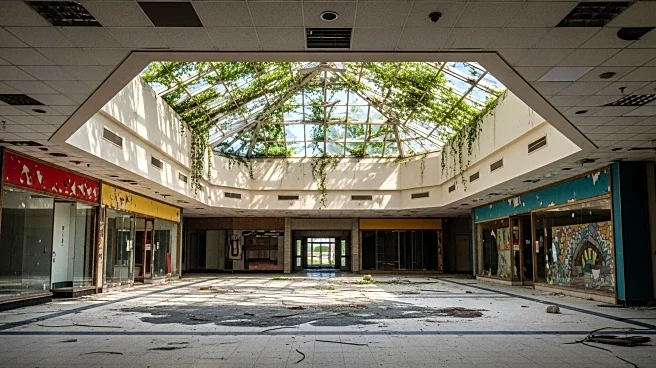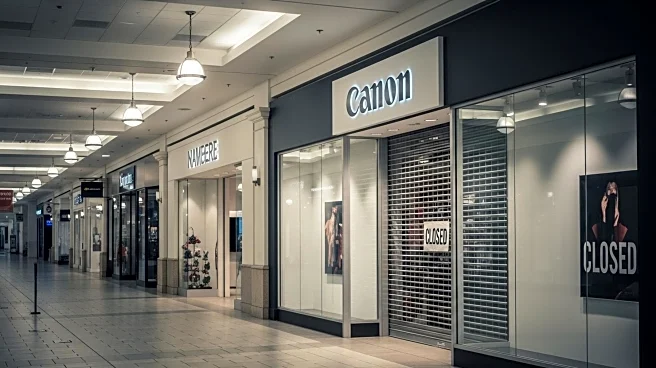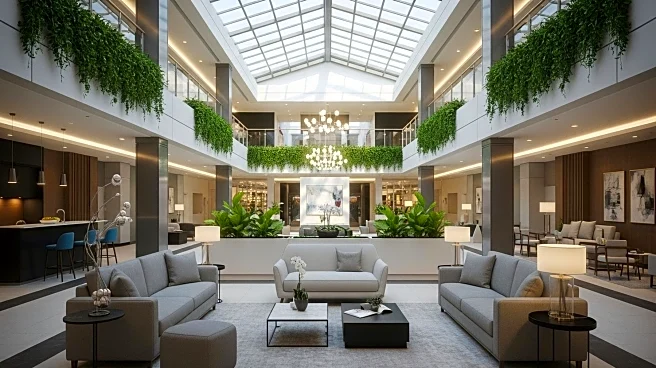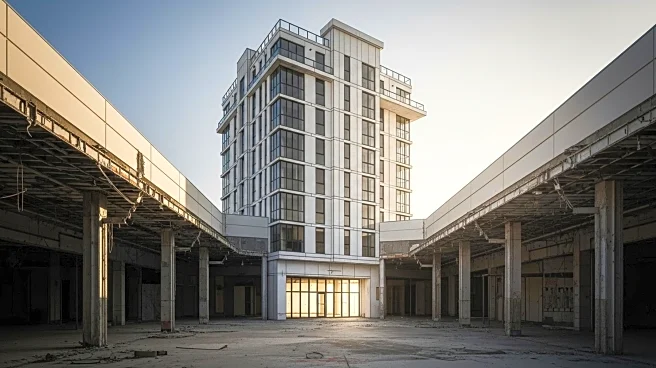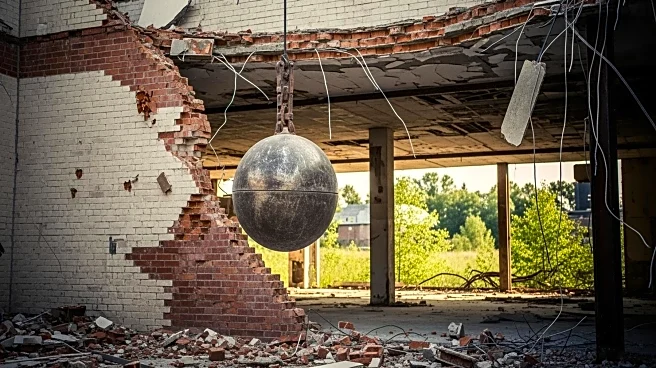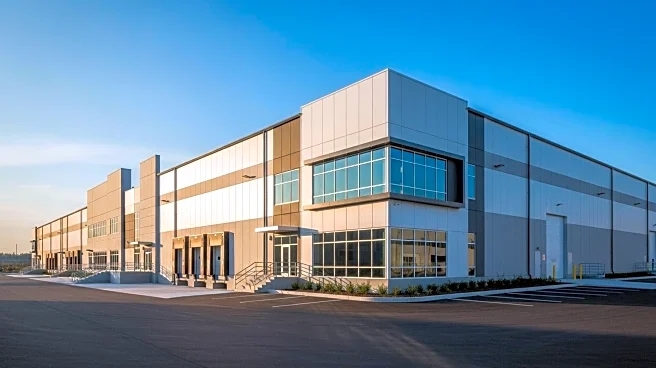What is the story about?
What's Happening?
As the U.S. faces a significant housing shortage, with a deficit of 3.8 million homes, developers are exploring the potential of converting vacant shopping malls into residential spaces. With nearly 34 million square feet of empty retail space across the country, the transformation of 'ghost' and 'zombie' malls into housing could provide a partial solution to the housing crisis. The concept of mall-to-apartment conversions has gained traction, especially as online shopping has led to store closures and declining foot traffic in malls. This approach not only addresses the housing shortage but also revitalizes struggling retail spaces by creating mixed-use developments.
Why It's Important?
Repurposing malls into housing offers a creative solution to the housing crisis, providing much-needed residential units while revitalizing underutilized retail spaces. This approach can help address affordability issues by utilizing existing infrastructure, potentially reducing construction costs and timelines. The transformation of malls into mixed-use developments can also stimulate local economies by attracting new businesses and residents, creating vibrant community hubs. As housing demand continues to outpace supply, innovative solutions like mall conversions could play a crucial role in meeting the needs of growing populations.
What's Next?
Developers and local governments may need to navigate challenges such as rezoning, construction costs, and community opposition to successfully convert malls into housing. As more projects are initiated, there could be increased collaboration between public and private sectors to streamline processes and address regulatory hurdles. The success of these conversions could influence urban planning and development strategies, encouraging more adaptive reuse of commercial spaces. Additionally, the trend may prompt discussions on sustainable development practices and the integration of community amenities in residential projects.
Beyond the Headlines
The shift from retail to residential spaces reflects broader changes in consumer behavior and urban living preferences. As younger generations prioritize experiences and convenience, the demand for community-oriented living spaces is likely to grow. The transformation of malls into housing also raises questions about the future of retail and the role of physical shopping spaces in an increasingly digital world. This trend highlights the need for adaptive urban planning that can respond to changing economic and social dynamics.
AI Generated Content
Do you find this article useful?
